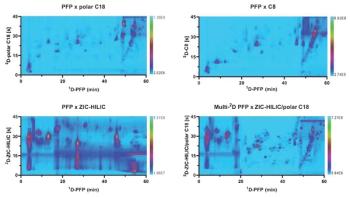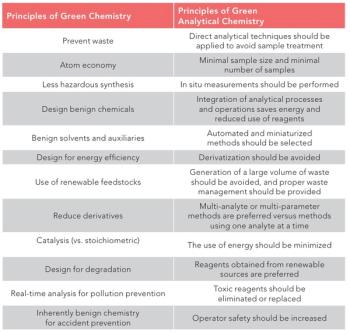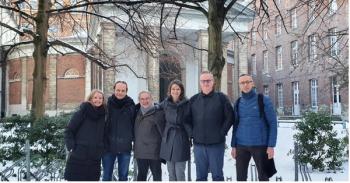
- The Column-12-07-2016
- Volume 12
- Issue 22
Luis Colón and Sandy Dasgupta Win EAS Awards
Luis A. Colón and Purnendu (Sandy) Dasgupta have been honoured at the Eastern Analytical Symposium in Somerset, New Jersey, USA, for achievements in their respective fields.
Luis A. Colón and Purnendu (Sandy) Dasgupta have been honoured at the Eastern Analytical Symposium in Somerset, New Jersey, USA, for achievements in their respective fields. Colón was awarded the 2016 EAS Award for Outstanding Achievement in Separation Science at the event and Dasgupta received the 2016 EAS Award for Outstanding Achievements in the Fields of Analytical Chemistry.
Currently a professor in the Department of Chemistry at The State University of New York at Buffalo (UB), Luis Colón’s research interests are in the field of micro and nano chemistry, with particular focus on separation science, including the development of chromatographic media and column technology for chemical separations (high performance liquid chromatography [HPLC], capillary electrophoresis [CE], capillary electrochromatography [CEC], solid-phase extraction [SPE]), detection schemes for monitoring mass-limited samples, the use of nanomaterials in separations, and the development of new separation strategies to analyze complex chemical or biochemical sample mixtures such as biofluids, antiviral drugs in cells, and protein digests.
Sandy Dasgupta is currently Hamish Small Chair of Ion Analysis in the Department of Chemistry and Biochemistry and an adjunct Professor in the Department of Physics at the University of Texas at Arlington. His research interests include the measurement of trace atmospheric species and atmospheric chemistry, air pollution toxicology, automated intelligent analyzers, microfabricated sensors and instrumentation, thin film flow devices and sensors, automated process analyzers for the chemical industry, novel approaches to ionic analysis, breath gas measurement in disease diagnostics, and perchlorate in the environment.
For more information please visit:
Articles in this issue
about 9 years ago
ChromSoc Grass Roots Event Lauded as a Successabout 9 years ago
Tackling Illegal Insulin Using Dilute and Shootabout 9 years ago
Peak Wins UK Exporter Awardabout 9 years ago
The Challenge of Accurate Protein Bioanalysisabout 9 years ago
Vol 12 No 22 The Column December 07, 2016 Europe and Asia PDFabout 9 years ago
Vol 12 No 22 The Column December 07, 2016 North American PDFabout 9 years ago
Optimizing SEC for Protein CharacterizationNewsletter
Join the global community of analytical scientists who trust LCGC for insights on the latest techniques, trends, and expert solutions in chromatography.




